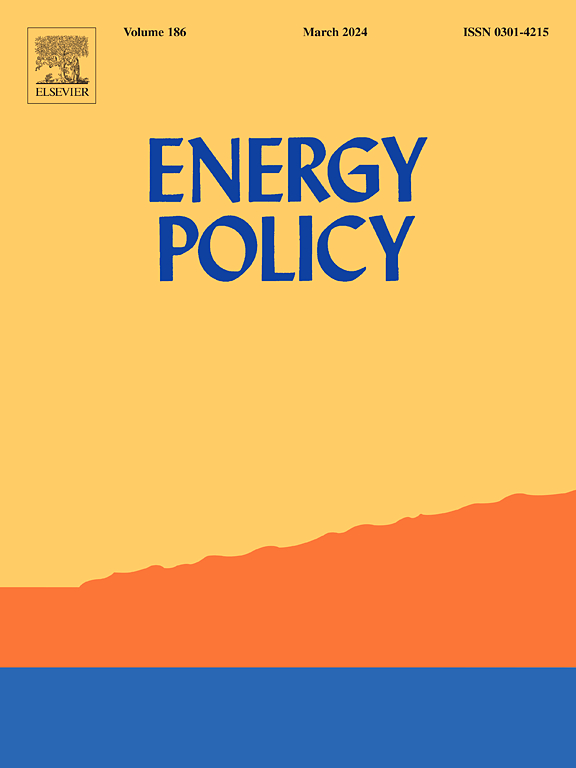对美国各州微电网部署的政策模式进行编目
IF 9.2
2区 经济学
Q1 ECONOMICS
引用次数: 0
摘要
频繁发生的极端天气事件要求我们采取严格和及时的措施,寻找替代的非有线解决方案。随着传统电网的恢复能力逐渐下降,这些努力正变得越来越广泛,提供了一个完美的替代方案。其中一个解决方案是微电网,它可以与电网断开连接,并在停电期间提供电网弹性。虽然这项技术仍在行业中站稳脚跟,但美国各州正在采用政策模式和工具形式来支持其部署。本研究通过使用七个变量对所有50个州(包括华盛顿特区,不包括其他美国领土)进行二元分析,对美国进行了系统回顾。结果显示了微电网的四种主要政策方法:i)通过明确的立法活动支持微电网,从而导致进一步的政策行动;Ii)公用事业委员会的直接努力,而没有具体的立法推动;Iii)委员会以外机构的倡议;最后,iv)自发的社区和私人消费者的努力。这些结果有助于理解在每种模式中使用了哪些政策工具来支持这种仍然面临监管挑战的利基技术。本文章由计算机程序翻译,如有差异,请以英文原文为准。
Cataloging US state policy patterns towards microgrid deployment
Frequent extreme weather events have called for rigorous and timely efforts for alternative non-wire solutions. These efforts are getting more widespread to offer a perfect alternative as the conventional grid becomes progressively less resilient. One of these solutions is microgrids that can disconnect from the grid and offer grid resilience during an outage. While this technology is still finding its footing in the industry, states across the US are employing policy patterns and forms of instruments to support its deployment. This study includes a systemic review of the US by conducting a binary analysis of all 50 states (including Washington D.C, excluding other US territories) using seven variables. The results show four major policy approaches to microgrids: i) supporting microgrids through a definitive legislative activity leading to further policy action; ii) direct efforts from the public utilities commissions without a concrete legislative push; iii) initiatives from institutions other than the commissions; and lastly, iv) self-initiated community and private consumer efforts. The results help understand what policy instruments are being used in each of these patterns to support this niche technology that still faces regulatory challenges.
求助全文
通过发布文献求助,成功后即可免费获取论文全文。
去求助
来源期刊

Energy Policy
管理科学-环境科学
CiteScore
17.30
自引率
5.60%
发文量
540
审稿时长
7.9 months
期刊介绍:
Energy policy is the manner in which a given entity (often governmental) has decided to address issues of energy development including energy conversion, distribution and use as well as reduction of greenhouse gas emissions in order to contribute to climate change mitigation. The attributes of energy policy may include legislation, international treaties, incentives to investment, guidelines for energy conservation, taxation and other public policy techniques.
Energy policy is closely related to climate change policy because totalled worldwide the energy sector emits more greenhouse gas than other sectors.
 求助内容:
求助内容: 应助结果提醒方式:
应助结果提醒方式:


